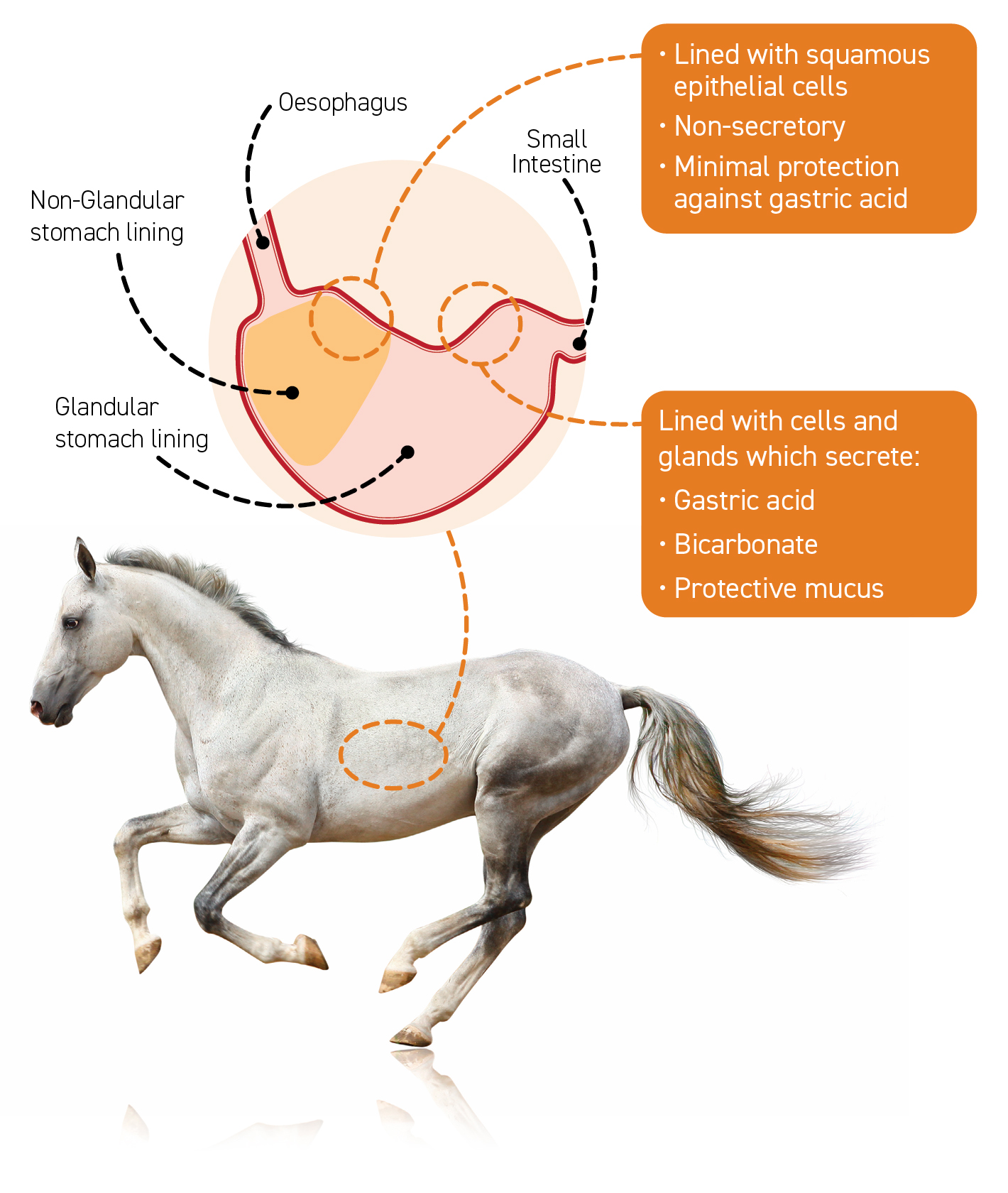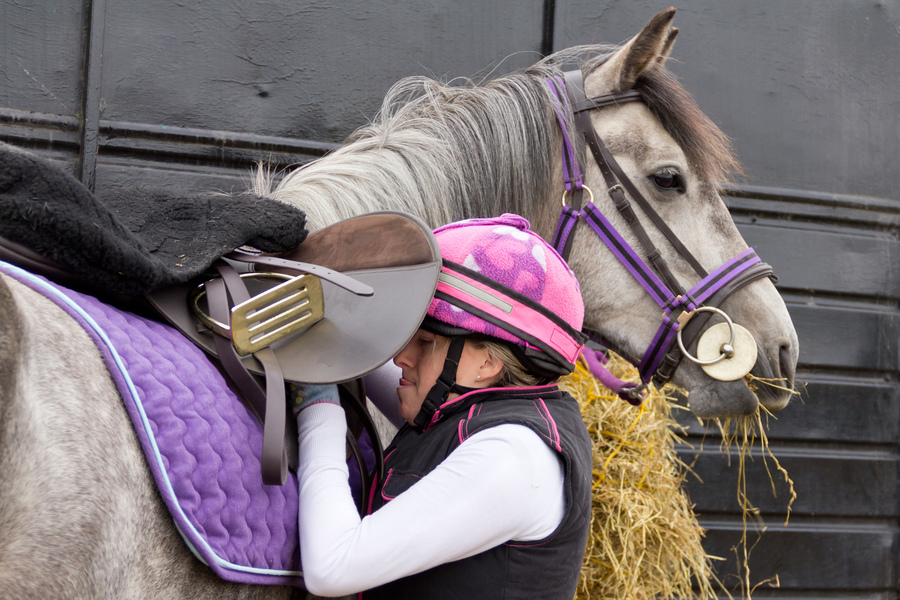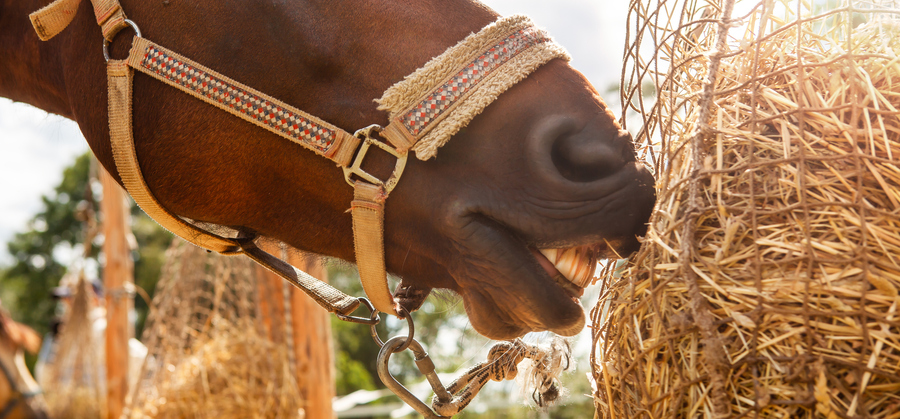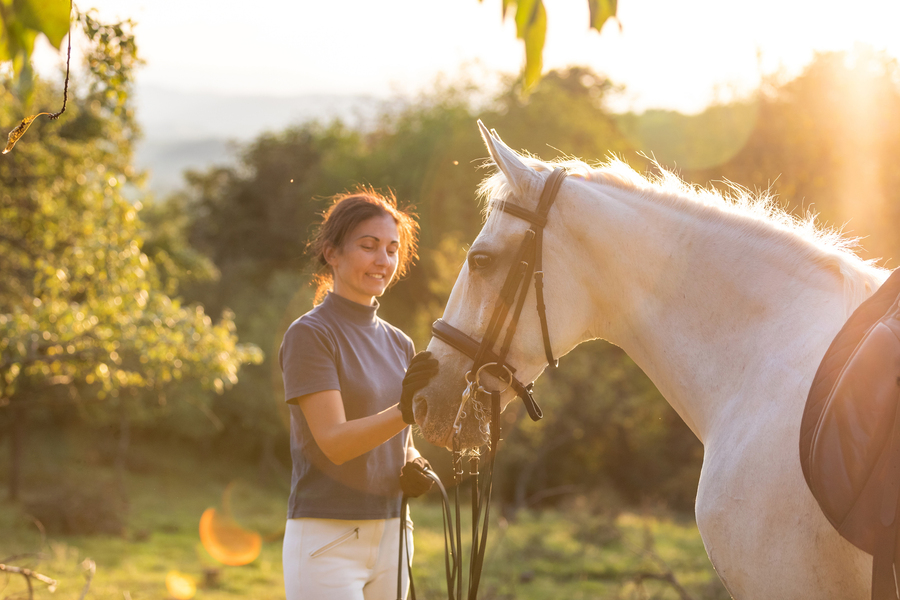
Equine Gastric Ulcer Syndrome
What is Equine Gastric Ulcer Syndrome (EGUS)?
EGUS is the terminology used to describe the syndrome of gastric ulceration in horses. Common factors that can predispose a horse to being at risk of gastric ulceration include breed, management factors such as diet and feeding regimes, and exercise requirements.
Physiological and psychological stress, illness and some medications can also have a significant impact on risk of ulcer development. However, the syndrome is not yet fully understood and sometimes the triggering factors remain unknown.
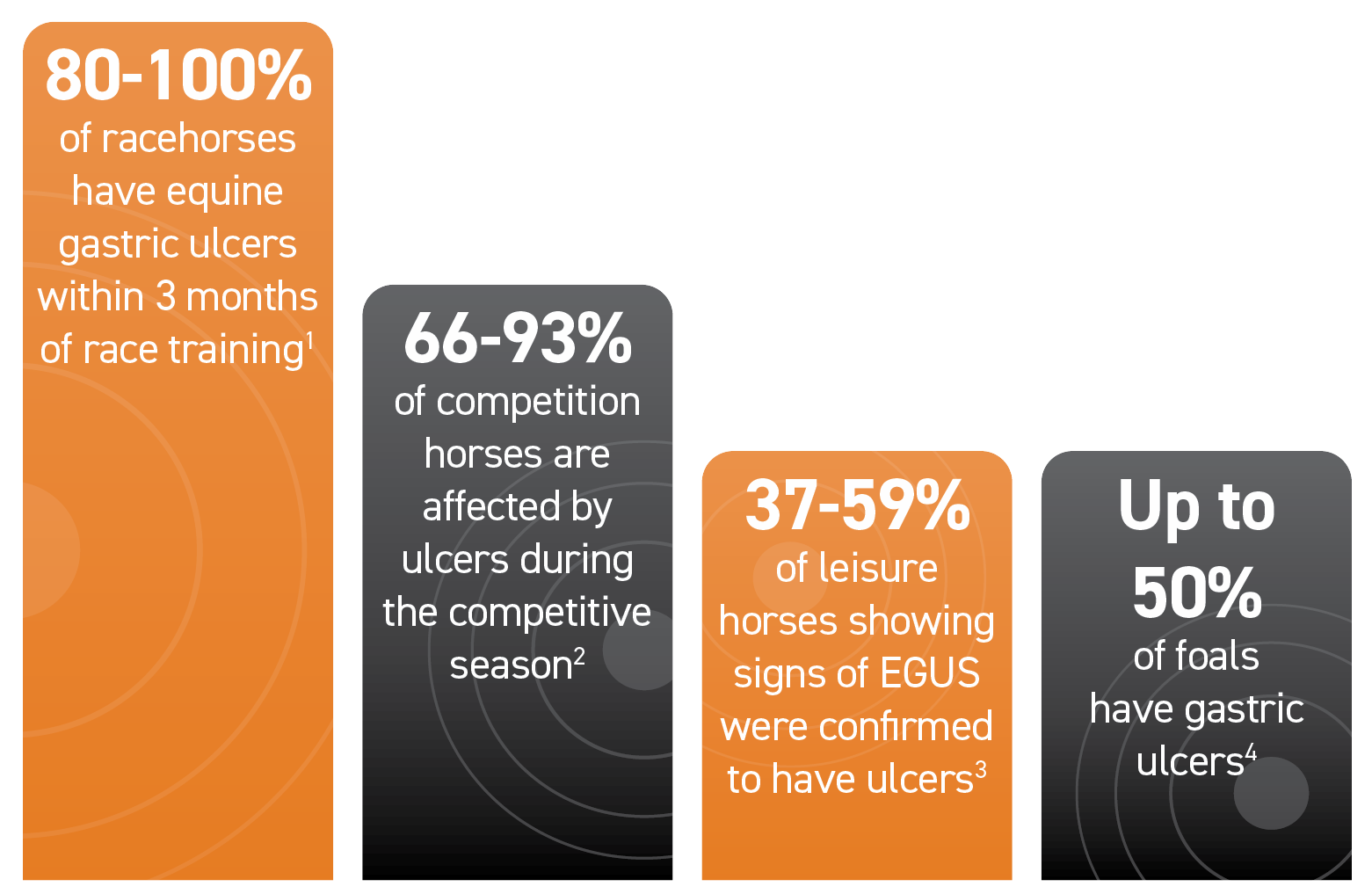
Ulcer awareness and prevalence
Sadly, gastric ulcers are much more common than you might think, and they can have a detrimental impact on the horse's performance, temperament, and welfare. Fortunately, with advances in research into equine gastric disease and modern diagnostic techniques, conditions such as equine gastric ulceration syndrome can be managed and treated effectively.
Understanding EGUS
Learn more about EGUS, the causes, signs; treatment options, and how to control the disease.
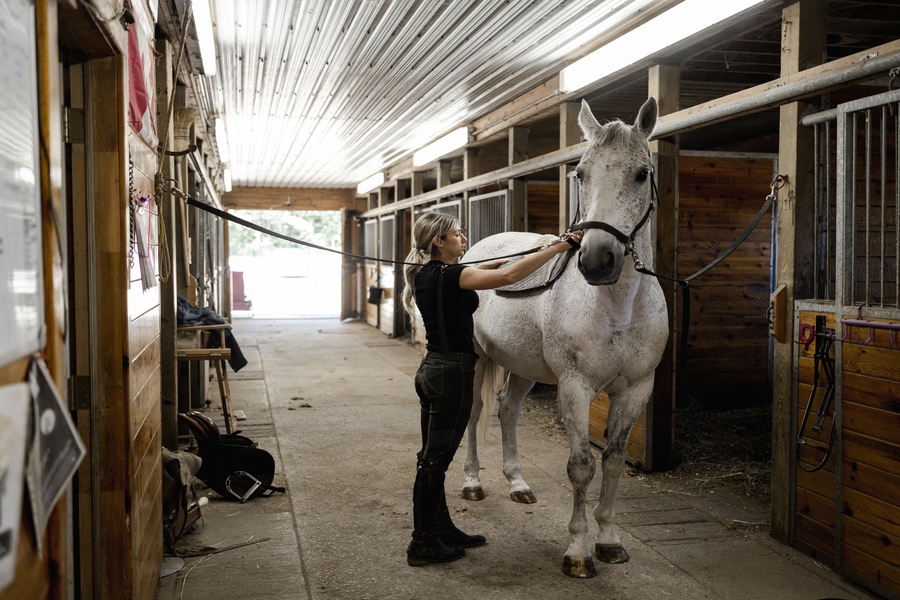
Interested in learning more?
Learn more about how to treat and manage EGUS by downloading our vet approved guide.
References:
1Murray MJ, Schusser GRF, Pipers FS, Gross SJ. Factors associated with gastric lesions in thoroughbred racehorses. Equine Vet J 1996;28:368–374
2 Nieto JE, Snyder JR, Beldomenico P, et al. Prevalence of gastric ulcers in endurance horses – a preliminary report. Vet J. 2004;167:33–37
3 Niedźwiedź A, Kubiak K, Nicpoń J. Endoscopic findings of the stomach in pleasure horses in Poland. Acta Vet Scand. 2013;55(1):45. Published 2013 Jun 7. doi:10.1186/1751-0147-55-45
4 Andrews, F. (n.d.). Equine Gastric Ulcer Syndrome | AAEP. American Association of Equine Practitioners. Retrieved 5 April 2022, from aaep.org/horsehealth/equine-gastric-ulcer-syndrome





